The 1980s were a strange and pivotal time for American muscle cars. After a dismal mid-1970s slump, the decade began with underpowered V8s struggling to make 150 horsepower. But technology was catching up. Fuel injection, turbocharging, and electronic controls gradually restored performance. By the end of the decade, muscle cars were once again running respectable quarter-mile times and winning back younger buyers. Here are the standout muscle machines of the 1980s.
Buick Grand National / GNX (1982–1987)
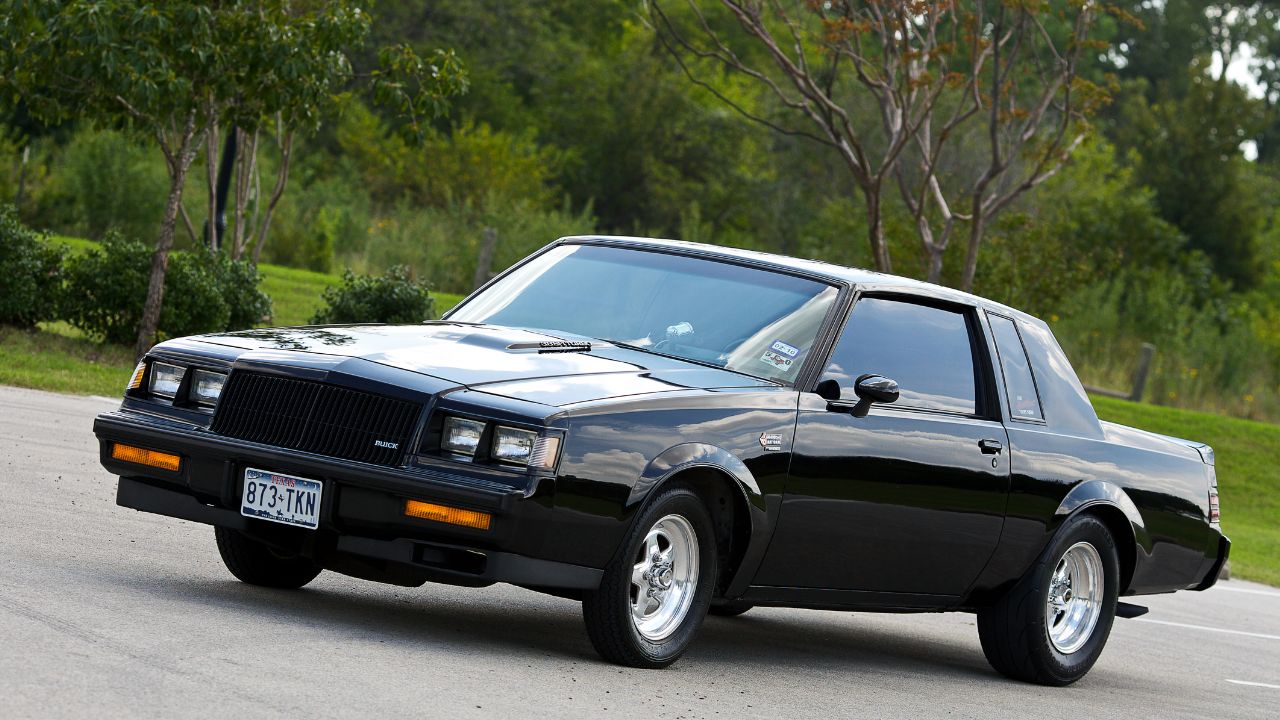
Buick shocked the muscle car world in the 1980s with the Grand National and its ultimate form, the GNX. Powered by a turbocharged 3.8-liter V6, the GNX produced 276 horsepower and 360 lb-ft of torque, though real-world numbers were higher. It could run the quarter-mile in the low 13s, humiliating V8 Camaros and Mustangs. Blacked-out styling gave it a sinister image, and its rarity—only 547 GNXs built—cemented it as one of the most legendary performance cars of the decade.
Chevrolet Camaro Z28 / IROC-Z (1982–1989)
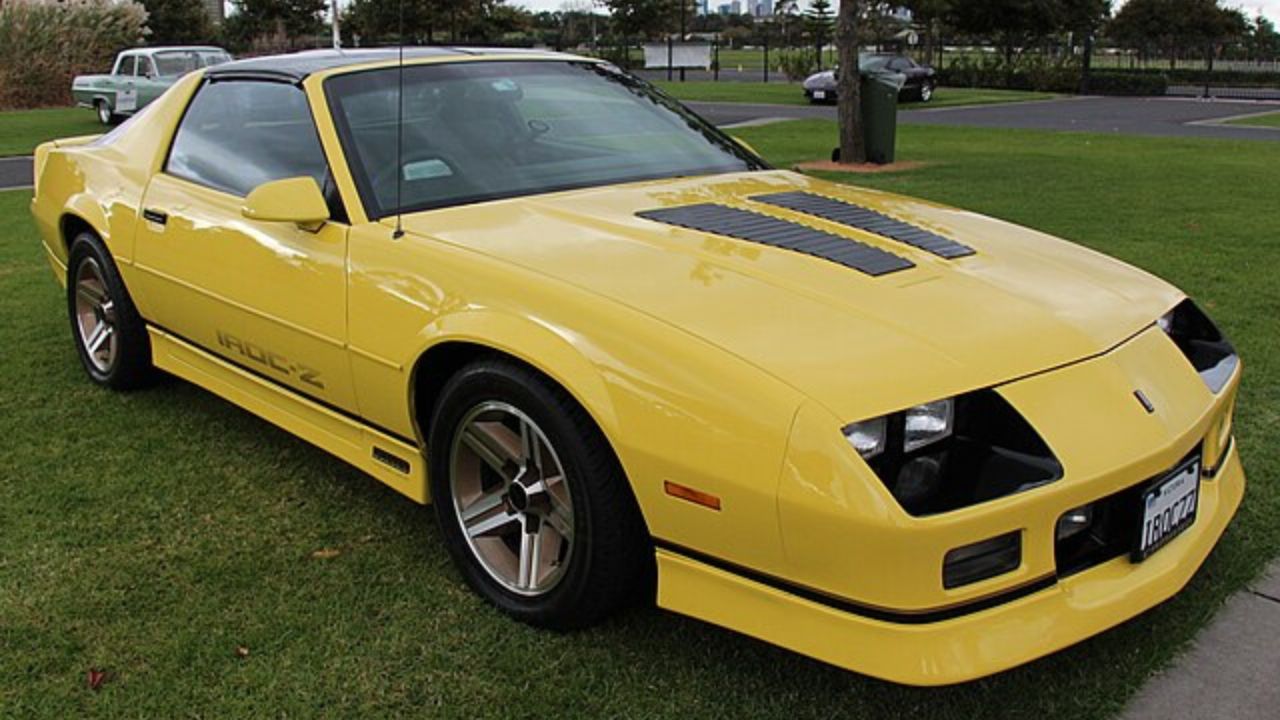
The third-generation Camaro launched in 1982 with sleeker styling, lighter weight, and improved handling. The Z28 and later IROC-Z trims defined the car’s performance side. Engines included the 305 and 350 small-block V8s, with tuned port injection arriving mid-decade. By 1987, the IROC-Z offered up to 245 horsepower, putting it back in serious muscle territory. Affordable, stylish, and widely available, the Camaro became one of the most popular performance cars of the 1980s.
Pontiac Firebird Trans Am GTA (1982–1989)
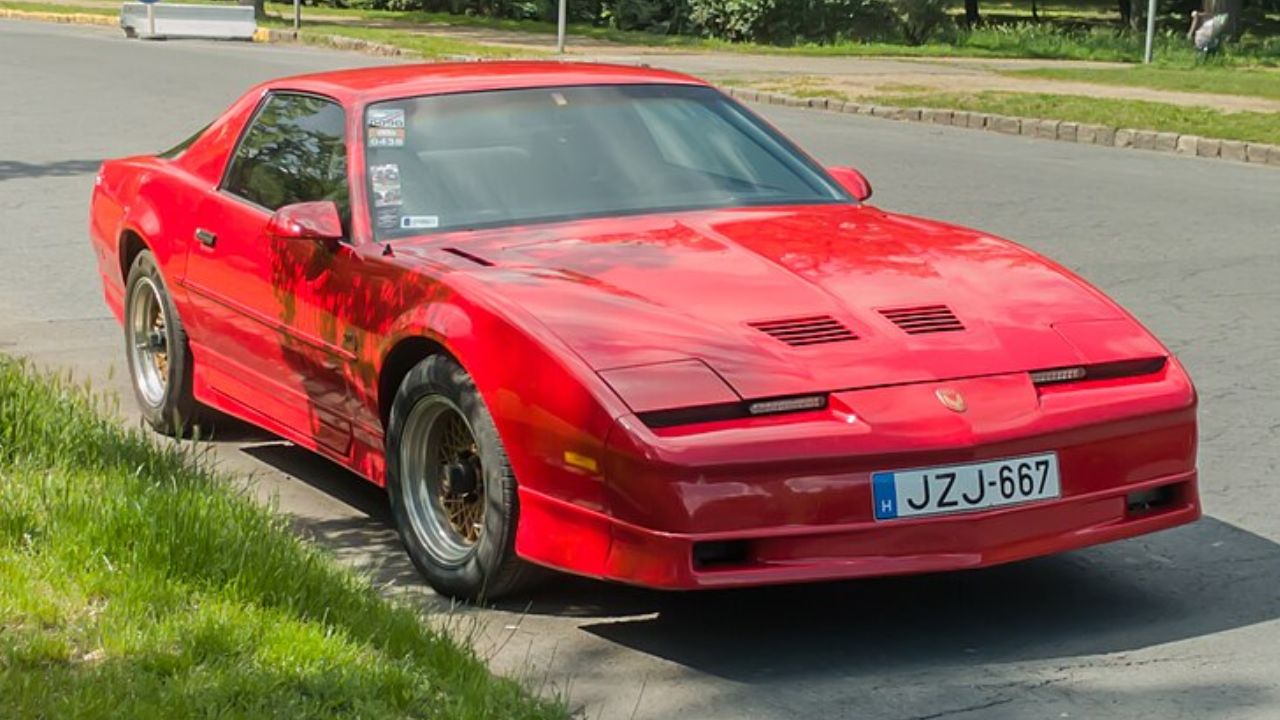
Pontiac’s Firebird mirrored the Camaro’s evolution but added its own flair. The Trans Am GTA, introduced in 1987, offered the 350 TPI V8 with up to 245 horsepower and impressive handling thanks to upgraded suspension. The Firebird’s aerodynamic styling and digital dashboards gave it a futuristic edge. On the street and in pop culture—thanks to TV shows like Knight Rider—the Trans Am kept Pontiac’s performance image alive during the ’80s.
Ford Mustang GT / LX 5.0 (1982–1989)
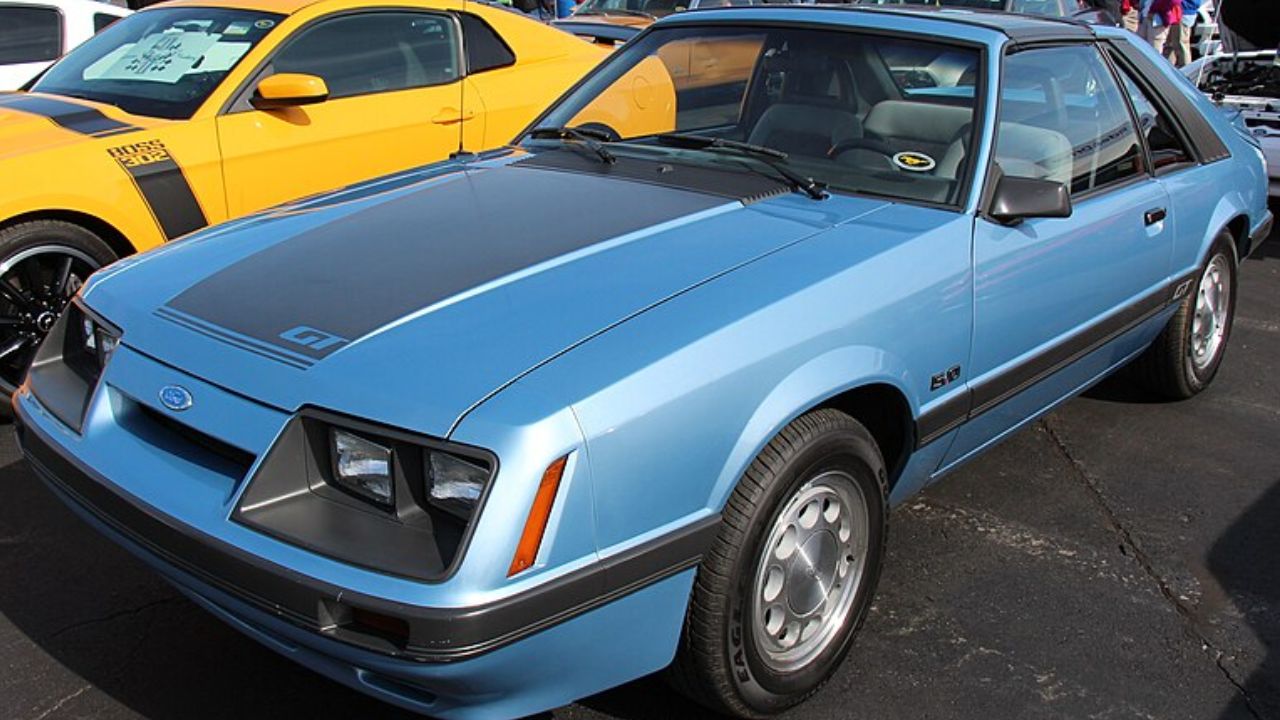
The Fox-body Mustang redefined Ford performance in the 1980s. By 1982, the Mustang GT was back with a 5.0-liter V8, initially rated at 157 horsepower but steadily improved throughout the decade. Fuel injection, roller camshafts, and better breathing pushed output to 225 horsepower by 1987. Lightweight and easily modified, the Mustang 5.0 became a street-racing and drag-strip favorite. Affordable pricing made it one of the most accessible muscle cars of the decade, sparking a cult following that continues today.
Chevrolet Monte Carlo SS (1983–1988)
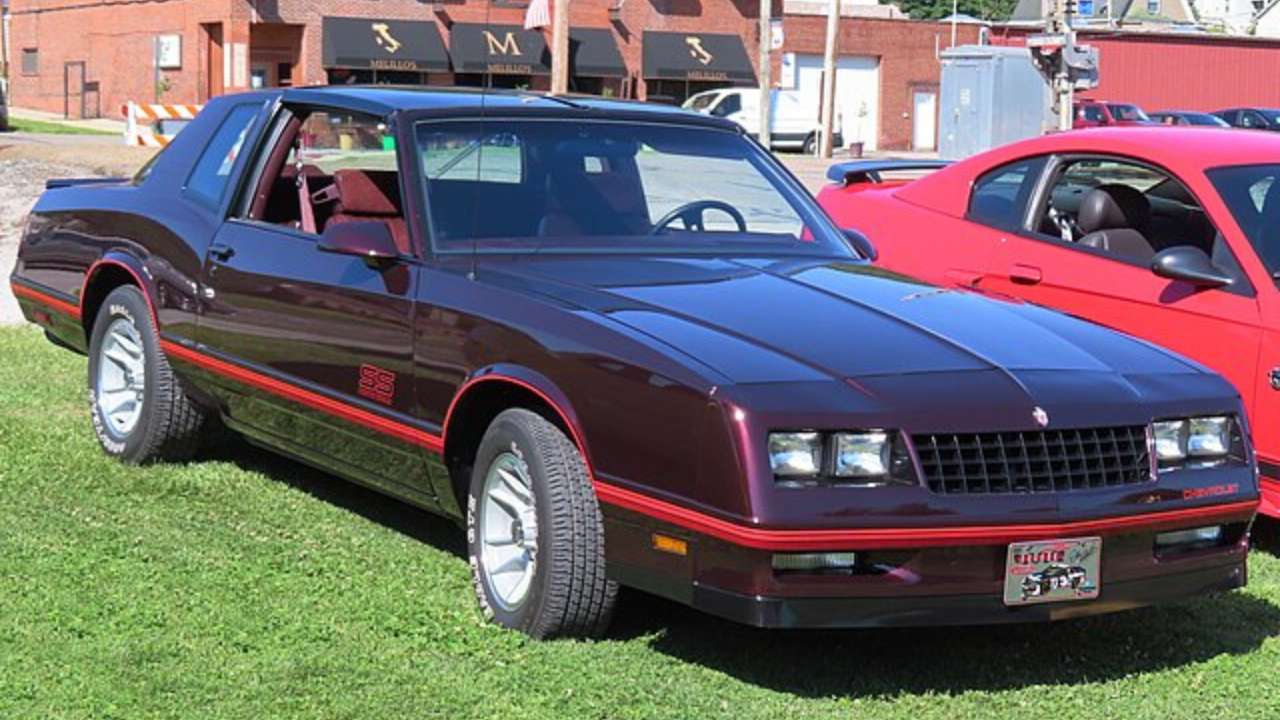
The Monte Carlo SS was Chevrolet’s performance coupe offering during the mid-1980s. Featuring a high-output 305 V8 with 180 to 200 horsepower, it wasn’t as quick as the turbo Buicks or Mustangs but provided solid performance in a rear-wheel-drive package. With NASCAR-inspired aerodynamics, including the Aero Coupe model, the Monte Carlo SS carried muscle car style into a more conservative decade. It remains a favorite among collectors of ’80s Detroit iron.
Pontiac 2+2 (1986)
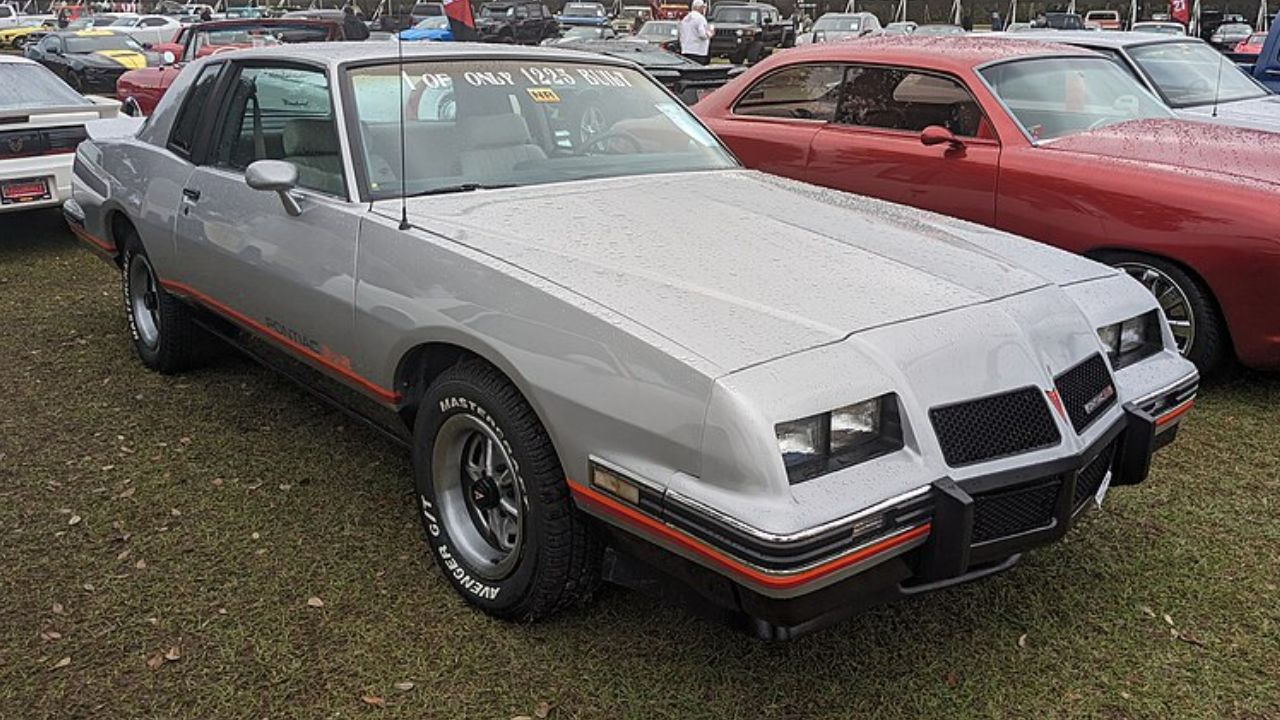
Pontiac released the 2+2 as its NASCAR homologation special, essentially its version of Chevrolet’s Monte Carlo Aero Coupe. With the same 305-cubic-inch V8 producing around 165 horsepower, it wasn’t a powerhouse, but its aerodynamic nose and fastback rear glass made it unique. Built in limited numbers—around 1,200 units—the 2+2 gave Pontiac a performance badge during a period when muscle cars were making a careful return.
Oldsmobile 442 (1985–1987)
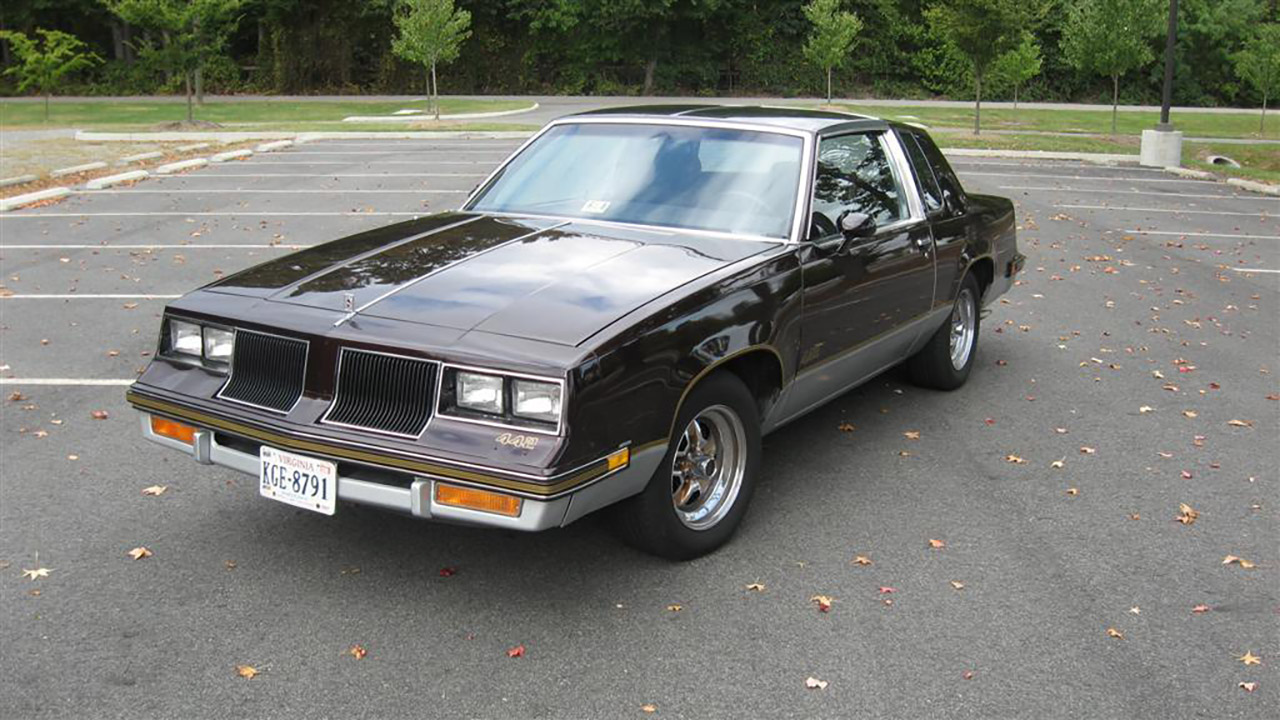
Oldsmobile revived the 442 nameplate in the mid-1980s on the Cutlass Supreme. These models used a 307-cubic-inch V8, producing about 180 horsepower, paired with performance-oriented suspension and styling touches. While not as fast as its 1960s ancestors, the ’80s 442 captured the spirit of the muscle era with a balance of style and performance. Limited production keeps them collectible, and they served as one of the last performance coupes from Oldsmobile.
Dodge Shelby Charger / Omni GLHS (1983–1987)
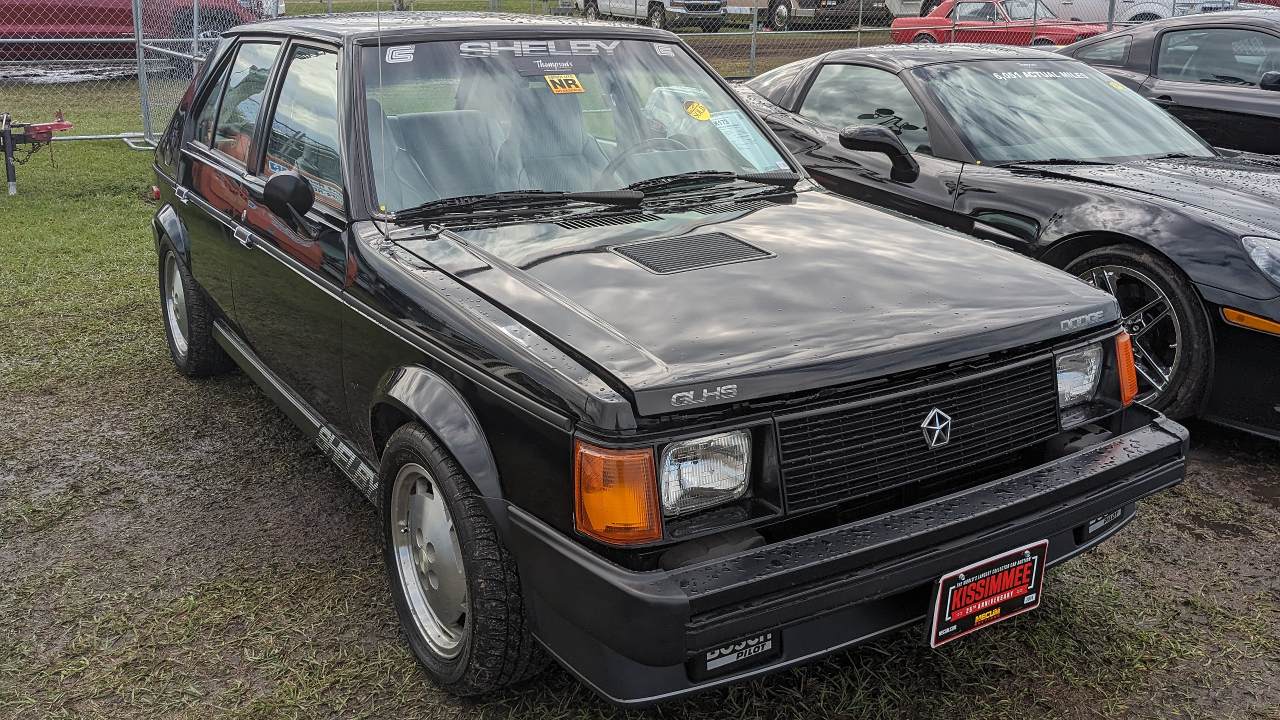
Though unconventional, the Dodge Shelby models deserve mention in the 1980s muscle discussion. The Shelby Charger and Omni GLHS used turbocharged four-cylinders making up to 175 horsepower. Lightweight and quick, the Omni GLHS could run the quarter-mile in under 15 seconds, rivaling V8 Mustangs. Carroll Shelby’s involvement gave Dodge performance credibility in the decade, even if the cars didn’t fit the traditional muscle formula.
Mercury Capri 5.0 (1983–1986)
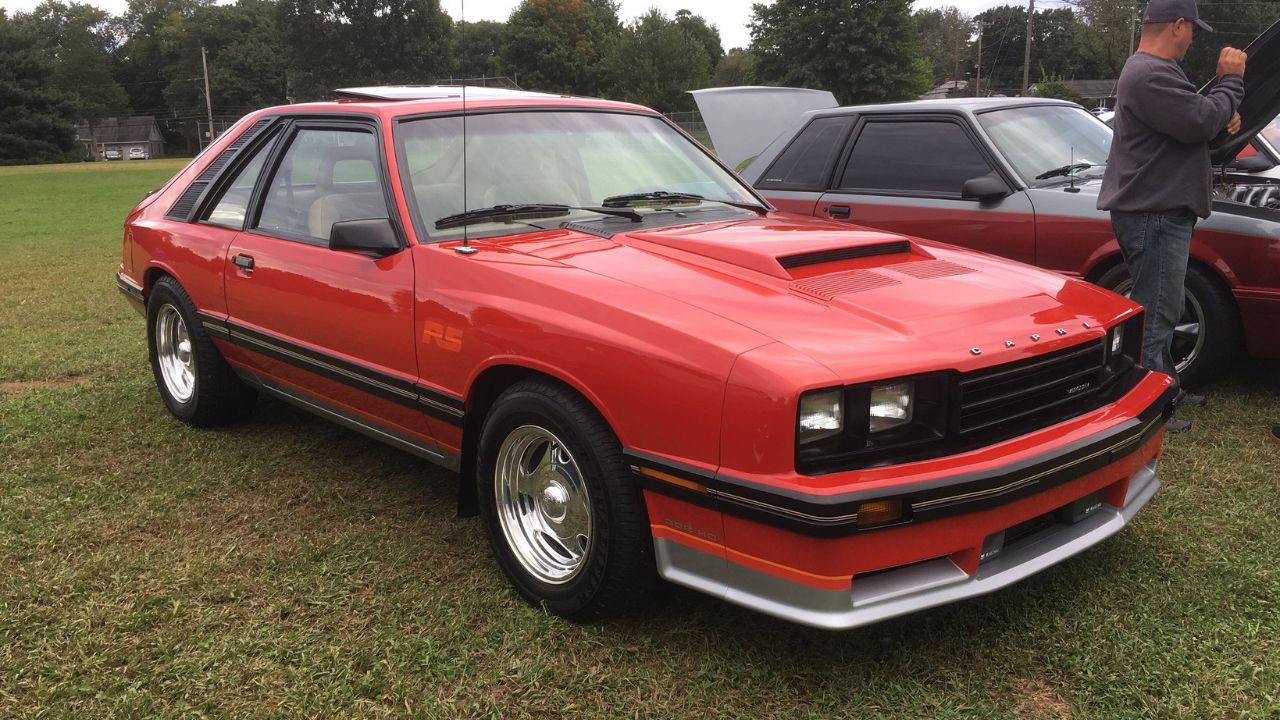
The Mercury Capri shared its Fox-body platform with the Mustang but carried distinct styling. Available with the same 5.0-liter V8, it delivered similar performance but in lower production numbers. The Capri 5.0 gave Mercury buyers access to Mustang muscle in a slightly more upscale package. While overshadowed by its Ford sibling, it holds a cult following today.
Like Fast Lane Only’s content? Be sure to follow us.
Here’s more from us:
*Created with AI assistance and editor review.

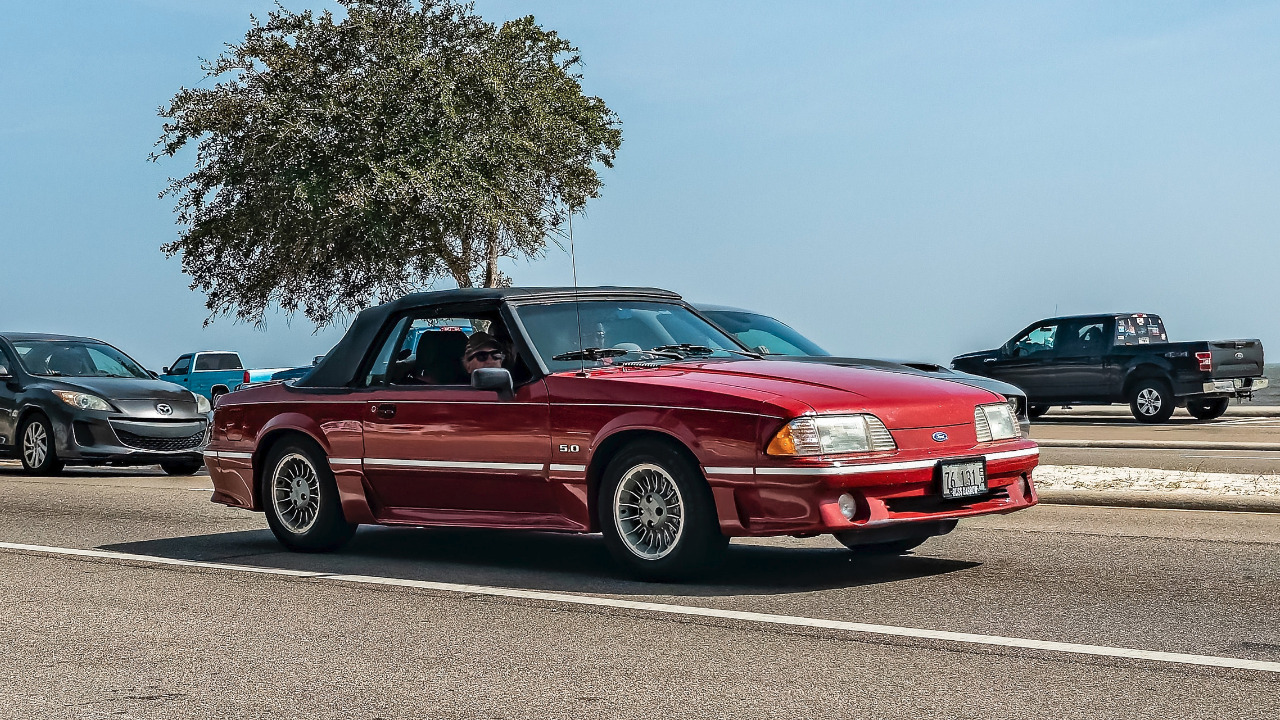
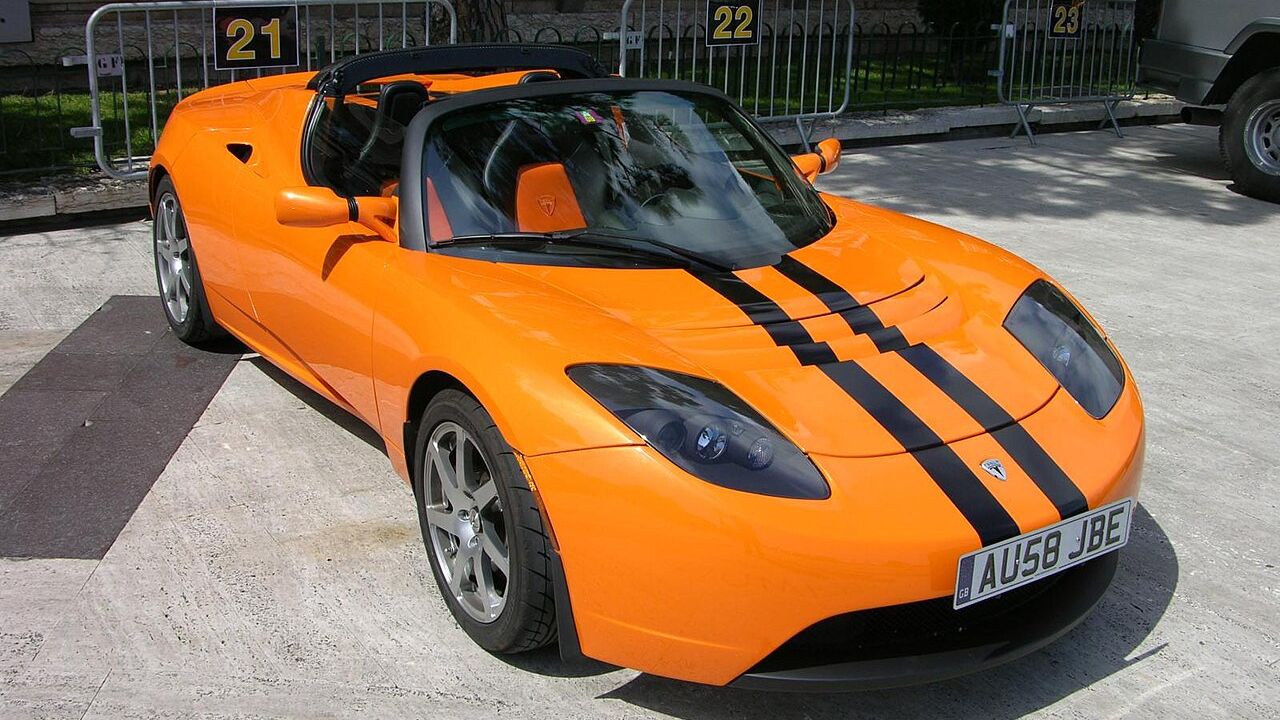
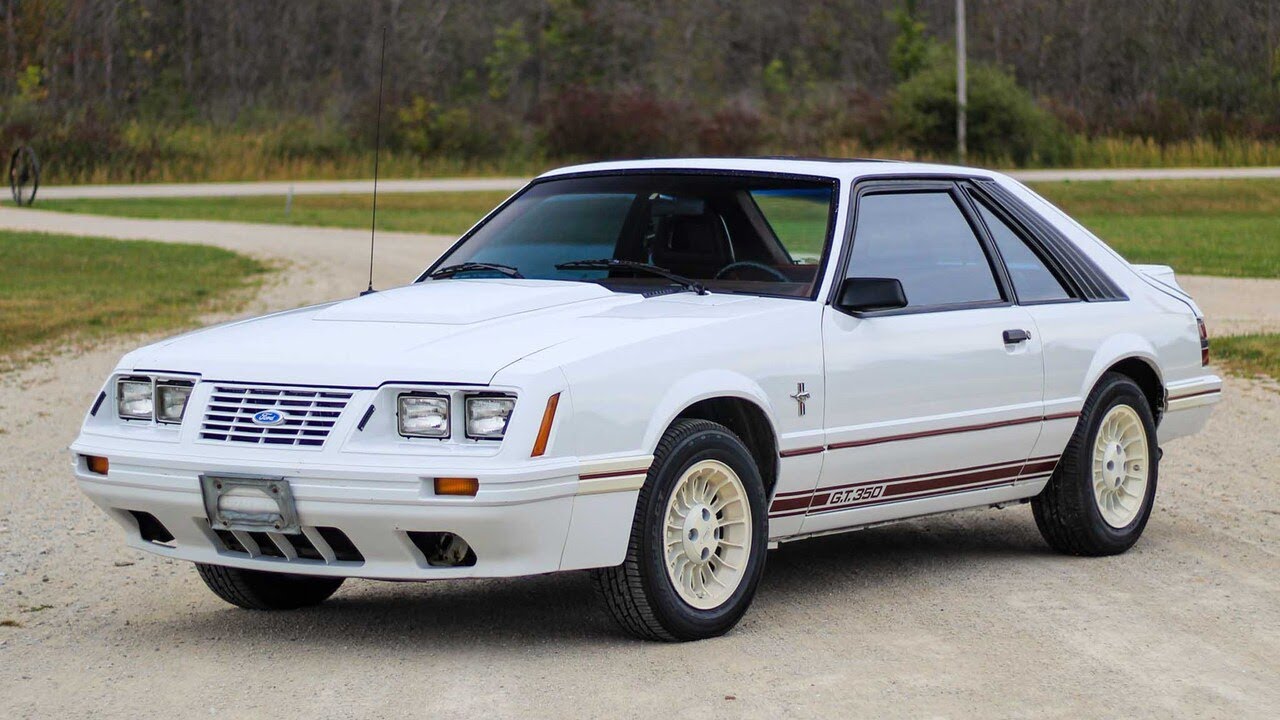

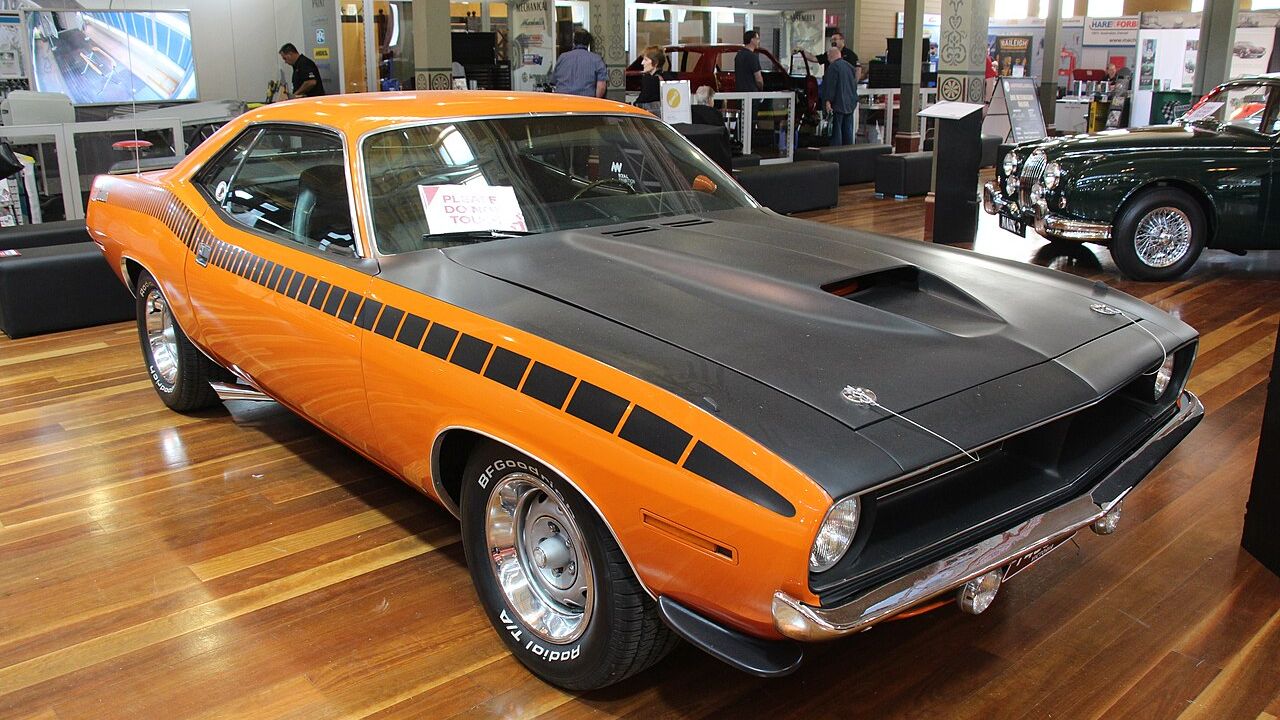
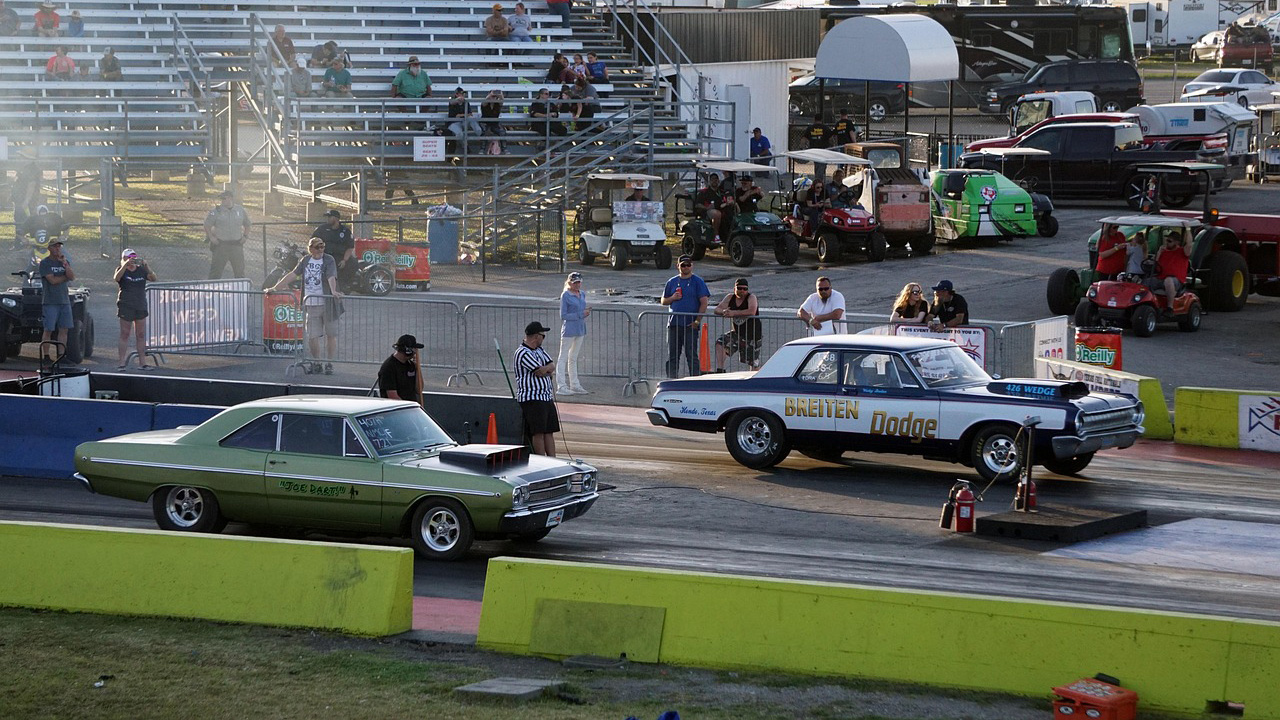
Leave a Reply